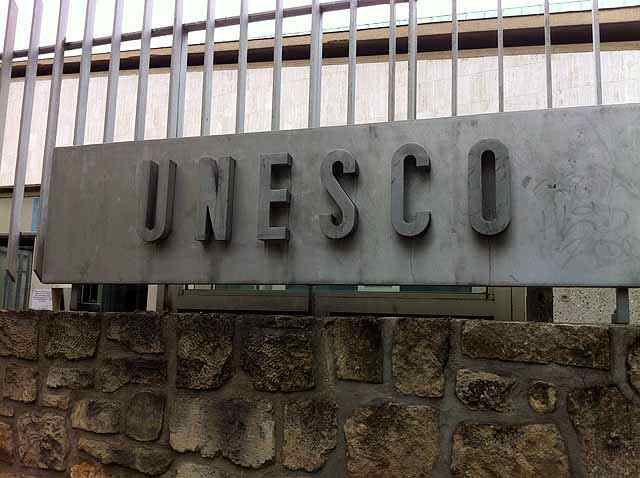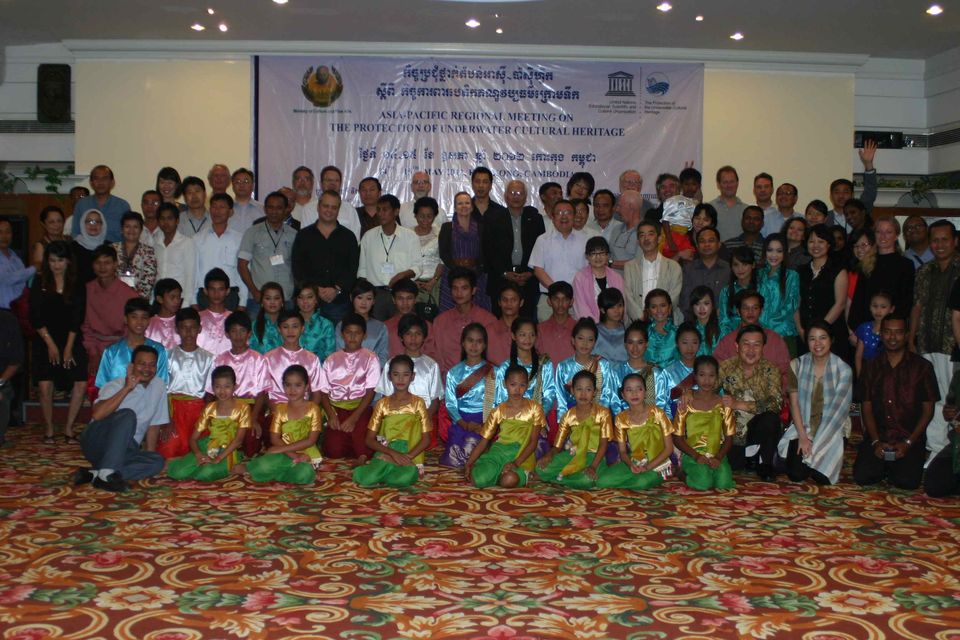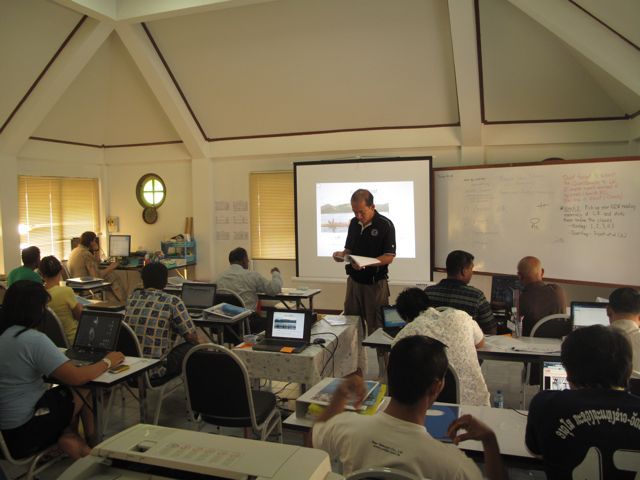UNESCO Convention
Adopted in 2001, the UNESCO Convention on the Protection of the Underwater Cultural Heritage was created to enable UNESCO member State Parties (nations) to better protect their underwater cultural heritage.
Underwater cultural heritage is defined by UNESCO as: all traces of human existence having a cultural, historical or archaeological character which have been partially or totally under water, periodically or continuously, for at least 100 years such as:
- sites, structures, buildings, artefacts and human remains, together with their archaeological and natural context;
- vessels, aircraft, other vehicles or any part thereof, their cargo or other contents, together with their archaeological and natural context; and
- objects of prehistoric character.
*Pipelines and cables placed on the seabed shall not be considered as underwater cultural heritage.
The Convention:
- sets out basic principles for the protection of underwater cultural heritage;
- provides a detailed State Party cooperation system; and
- provides widely recognized practical Rules for the treatment and research of underwater cultural heritage.
It consists of a text and an annex which sets out the “Rules for activities directed at underwater cultural heritage”.
The main principles are:
- Obligation to Preserve Underwater Cultural Heritage – States Parties should preserve underwater cultural heritage and take action accordingly. This does not mean that ratifying States would necessarily have to undertake archaeological excavations; they only have to take measures according to their capabilities. The Convention encourages scientific research and public access.
- Preservation as first option – The preservation of underwater cultural heritage (i.e. in its original location) should be considered as the first option before allowing or engaging in any activities. The recovery of objects may however be authorized for the purpose of making a significant contribution to the protection of, or knowledge about, underwater cultural heritage.
- No Commercial Exploitation – The 2001 Convention stipulates that underwater cultural heritage should not be commercially exploited for trade or speculation, and that it should not be irretrievably dispersed. This regulation is in conformity with the moral principles that already apply to cultural heritage on land. It is not to be understood as preventing archaeological research or tourist access.
- Training and Information Sharing – Many State Parties do not yet have sufficiently trained underwater archaeologists. The Convention therefore encourages training in underwater archaeology, the transfer of technologies and the sharing of information.
To view the information brochure on the UNESCO Convention, click here. For more information about UNESCO and the Convention on the Protection of the Underwater Cultural Heritage please visit its website.


